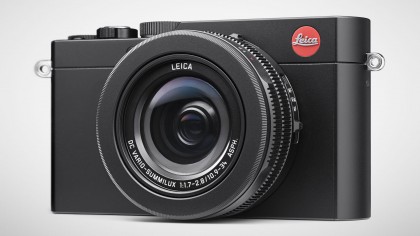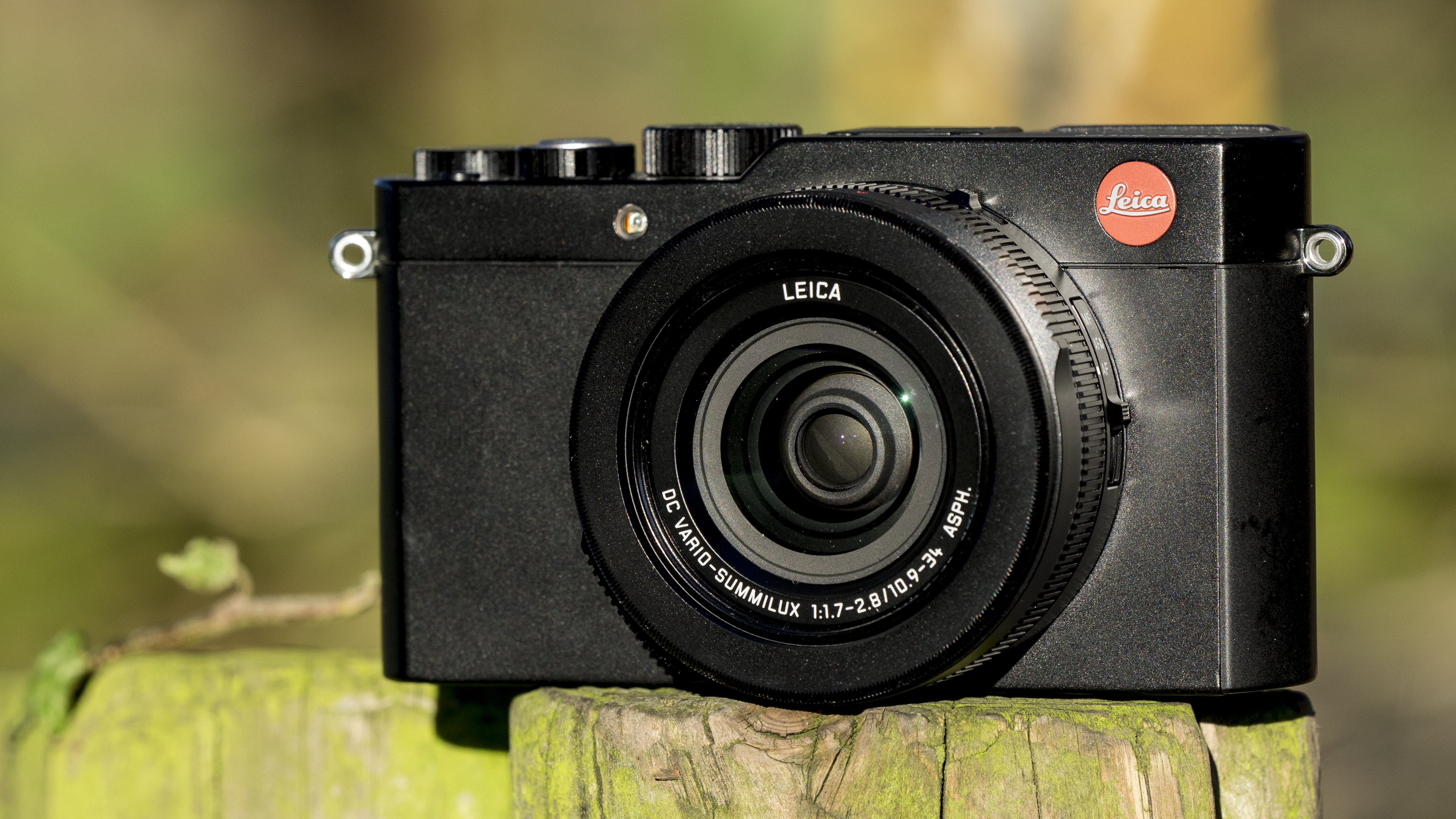Why you can trust TechRadar
It is quite odd to have two such similar cameras as the Panasonic LX100 and Leica D-Lux (Typ 109), and it's no secret that Panasonic produces both models. It's the same situation with the Panasonic FZ1000 and Leica V-Lux (Typ 114). The most distinguishing feature between the two compact cameras is the presence of a grip on the LX100. I much prefer it in use to the smooth, rather slippery front of the D-Lux, but there are many who love the cleaner lines and more understated design of the D-Lux.
///leica-d-lux-typ-109-verdict///
At around £126/US$296 the price difference between the D-Lux and the LX100 isn't as much as many might expect and the Leica camera comes with a 3 year warranty as well as Adobe Lightroom 5. The attraction of Lightroom is somewhat diminished by the fact that is now bundled with Adobe Photoshop CC for £8.78/US$9.99 per month as part of Adobe's Photography plan, but those who are unwilling to commit to a subscription model for software may appreciate it more.
I love the D-Lux's (and LX100's) traditional controls. It's not about enjoying an older way of doing things, because it really is quicker and easier to control the camera in this way in many instances, and you can see what settings you have selected without turning the camera on.
The electronic viewfinder is also superb. It provides a nice clear view and is a pleasure to use. It also makes it much easier to compose images in bright ambient light.
We like
As it has a Four Thirds, sensor the D-Lux is able to produce images which have superior quality to those from more average compact cameras with 2/3-inch, 1/1.7-inch or ½/3-inch type sensors. It also gives much greater control over depth field so you can blur backgrounds if you want to.
The camera also has a very high quality feel, which matches the quality of the images that it produces. Plus, the menu is sensibly arranged and everything you need is within easy reach, with the customisable Quick Menu allowing you to find your most commonly used features quickly.
These factors combine to give you faith in the camera, so you don't feel that you are making a significant compromise by carrying it rather than a larger SLR or compact system camera.
We dislike
As with the LX100, I would have liked a touchscreen on the D-Lux as this would allow a very quick way of setting AF point and adjusting menu settings. A vari-angle screen would also have been nice for those occasions when you want too shoot from very high or low angles.
And although I enjoy using the aspect ratio control, part of me wishes that the whole of the 16Mp sensor could be used so that 4:3 images were larger, with other formats being made as crops of this format.
Flare can be a problem with the D-Lux and it would be nice if a lens hood were available to help cut it out.
While I appreciate the good looks of the D-Lux, how it feels in my hand is more important to me and I would prefer it to have a grip on the front like the LX100 has. The Panasonic camera feels much more secure in my hand. There is an optional grip available, but this costs a further £55/US$139 and has to be screwed on via the tripod bush.
Verdict
The camera market is rich and varied at the moment, which is a polite way of saying it's quite complex and confusing. Compact cameras come in a range of dimensions including larger models like the Fuji X100T and D-Lux, which don't seem to offer much size advantage over smaller compact system cameras like the Olympus OM-D E-M10, which has a Four Thirds sensor or even the Sony Alpha 7, Alpha 7R and Alpha 7S which have full-frame sensors.

This means that the D-Lux is more likely to appeal to photographers who have a larger SLR like the Nikon D810 or Canon 5D Mark III system and who are looking for a smaller, high quality alternative. Those with compact system cameras like the Olympus E-M10, Panasonic GX7 or Panasonic GM5 are more likely to stick with their usual camera but use just a single compact lens when they want to travel light.
The pleasure derived from using a camera should not be underestimated. It is what makes you carry it everywhere and take more photographs. I think that the D-Lux is a really lovely camera to use and it produces high quality images, but the LX100 is every bit as enjoyable to use, has a better grip, produces the same quality images and costs a little less.
